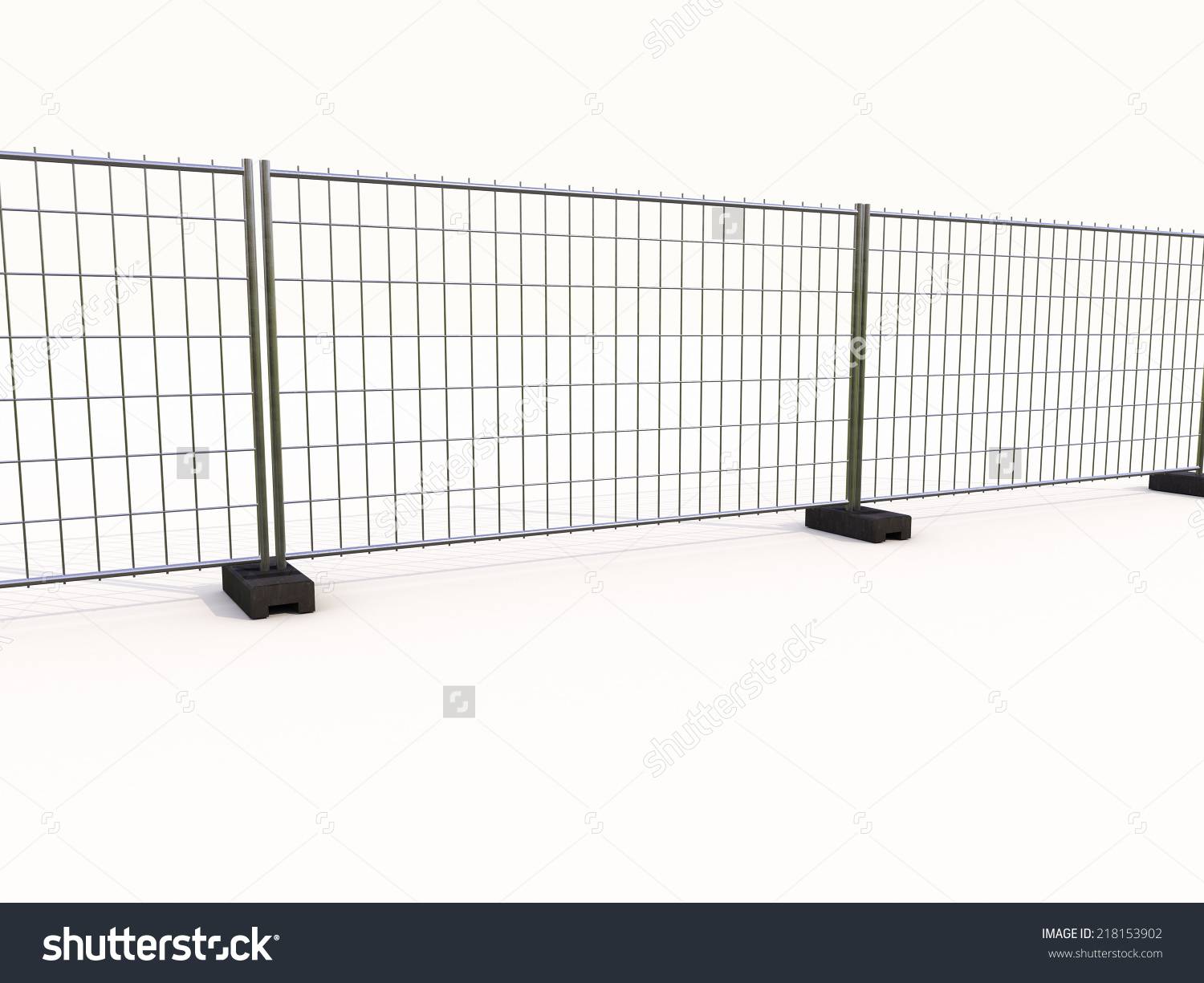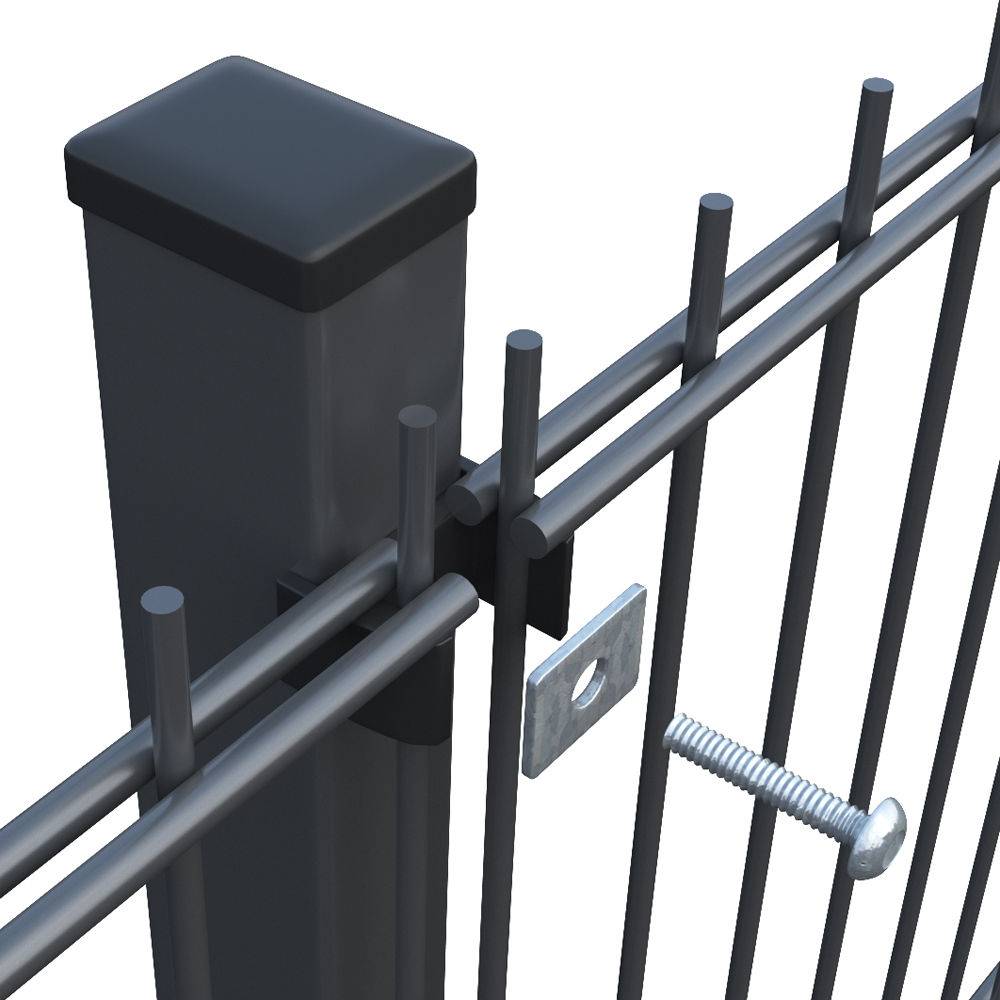

- アフリカ
- アルバニア語
- アムハラ語
- アラビア語
- アルメニア語
- アゼルバイジャン語
- バスク語
- ベラルーシ語
- ベンガル語
- ボスニア語
- ブルガリア語
- カタロニア語
- セブアノ語
- 中国
- China (Taiwan)
- コルシカ
- クロアチア語
- チェコ語
- デンマーク語
- オランダ語
- 英語
- エスペラント
- エストニア語
- フィンランド語
- フランス語
- フリジア語
- ガリシア語
- グルジア語
- ドイツ語
- ギリシャ語
- グジャラート語
- ハイチ語
- ハウサ語
- ハワイアン
- ヘブライ語
- いいえ
- ミャオ族
- ハンガリー語
- アイスランド語
- イボ語
- インドネシア語
- アイルランド人
- イタリア語
- 日本語
- ジャワ語
- カンナダ語
- カザフ語
- クメール語
- ルワンダ
- 韓国語
- クルド
- キルギス語
- 労働
- ラテン
- ラトビア語
- リトアニア語
- ルクセンブルク語
- マケドニア語
- マダガスカル語
- マレー語
- マラヤーラム語
- マルタ語
- マオリ語
- マラーティー語
- モンゴル語
- ミャンマー
- ネパール語
- ノルウェー語
- ノルウェー語
- オック語
- パシュトゥー語
- ペルシャ語
- 研磨
- ポルトガル語
- パンジャブ語
- ルーマニア語
- ロシア
- Samoan
- Scottish Gaelic
- Serbian
- Sesotho
- Shona
- Sindhi
- Sinhala
- Slovak
- Slovenian
- Somali
- Spanish
- Sundanese
- Swahili
- Swedish
- Tagalog
- Tajik
- Tamil
- Tatar
- Telugu
- Thai
- Turkish
- Turkmen
- Ukrainian
- Urdu
- Uighur
- Uzbek
- Vietnamese
- Welsh
- Bantu
- Yiddish
- Yoruba

On Common Nails: The Great Contribution of Humble Objects
Common Nails, This inconspicuous object plays a crucial role in the process of human civilization. It has a simple structure and low cost, but it has multiple practical functions such as connection and fixation, and is widely used in many fields such as architecture, furniture manufacturing, arts and crafts. Despite the rapid development of technology and the emergence of various advanced connectivity technologies, Common Nails still maintains its irreplaceable position with its unique advantages and continues to play an important role in social development.
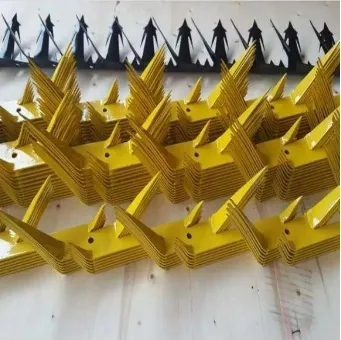
The practicality of Common Nails is its core value
From ancient times to the present, nails have been reliable tools for connecting different materials such as wood, plastic, and metal. Early common roofing nails were forged by hand, which was inefficient and costly. However, with the arrival of the Industrial Revolution, mechanized production greatly reduced the production cost of nails, making them widely used in large-scale construction projects. From magnificent palaces and temples to rudimentary houses and cabins, nails are the fundamental components of building these structures. In addition, in the field of furniture manufacturing, nails also play a key role in firmly connecting wooden boards together, giving furniture a sturdy and durable quality.
The convenience of Common Nails is also one of the reasons for its long-lasting popularity
Compared to connecting components such as screws and rivets, the use of common wire nails is relatively simple and does not require complex tools or professional knowledge. With just a hammer, anyone can easily nail the nail into the material for quick connection. This convenience gives nails unique advantages in DIY projects, temporary fixing, emergency repairs, and more. For example, in the hands of woodworking enthusiasts, nails can help them assemble scattered wood into exquisite crafts; After natural disasters such as earthquakes, nails can be used to build temporary shelters and provide basic protection for the affected people.
We must also recognize that Common Nails is not perfect
Compared to screws, copper common nails have relatively lower connection strength and are prone to loosening or falling off. In addition, nails are also prone to bending or breaking during use, especially in hard materials, requiring certain skills and strength. Therefore, in some situations where high connection strength is required, people often choose more reliable connection methods such as screws and rivets.
We still cannot ignore the great contribution of Common Nails
It has greatly promoted the development of human society with its low price, convenient use, and wide applicability. From ancient wooden structures to modern furniture manufacturing, nails silently contribute their strength, connecting different materials and building the world we rely on for survival.
In summary, nail common is a seemingly ordinary yet extremely important object. It is not just a connecting tool, but also a symbol of practicality, convenience, and efficiency. In the future development, with the continuous emergence of new materials and technologies, nails may face new challenges, but their important role in the development of human society will not be easily replaced. We should cherish this humble object and remember the convenience and contribution it has brought us.
Common Nails FAQs
What is Common Nails?
Common Nails are a common type of nail used in construction and woodworking, typically made of steel with a conical tip and circular head, widely used for wood connections and other general purposes.
What are the sizes of Common Nails?
The size of Common Nails is usually represented by the length and diameter of the nail. Common lengths include:
1 inch (25mm)
2 inches (50mm)
3 inches (75mm)
4 inches (100mm)
The diameter is usually between size 16 and 8.
What are the uses of Common Nails?
Common Nails are commonly used for:
Wood connections: such as frames and structures.
Home renovation: such as fixing stairs, floors, and ceilings.
Decoration: such as hanging paintings or small objects.
How to choose the appropriate Common Nails?
When choosing Common Nails, you need to consider:
Materials: such as iron, galvanized or stainless steel, choose materials suitable for the usage environment.
Length and diameter: Choose the appropriate length and diameter based on the thickness and connection method of the wood.
Coating: Choose whether an anti rust coating is needed, especially when used in humid environments.
How to use Common Nails correctly?
When using Common Nails, you can follow the following steps:
Select nails of appropriate size.
When using a hammer, hold the end of the handle and maintain a stable force to avoid excessive force.
First, gently tap the tip of the nail to fix it in place, and then use force to quickly strike to ensure that the nail is completely inserted into the wood.
おすすめ商品
CHENG CHUANGに関する最新ニュース
-
 Wire mesh is durableWire mesh represents a cornerstone of modern industrial and agricultural solutions, offering unmatched versatility across countless applications.続きを読む >
Wire mesh is durableWire mesh represents a cornerstone of modern industrial and agricultural solutions, offering unmatched versatility across countless applications.続きを読む >Jul 11 2025
-
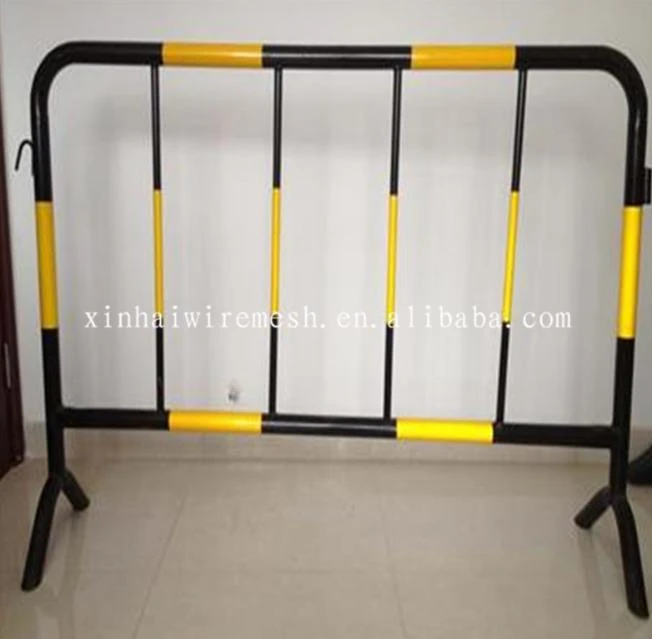 Safety barrier directs traffic flowIn high-risk environments, safety barrier systems stand as non-negotiable guardians against catastrophic incidents.続きを読む >
Safety barrier directs traffic flowIn high-risk environments, safety barrier systems stand as non-negotiable guardians against catastrophic incidents.続きを読む >Jul 11 2025
-
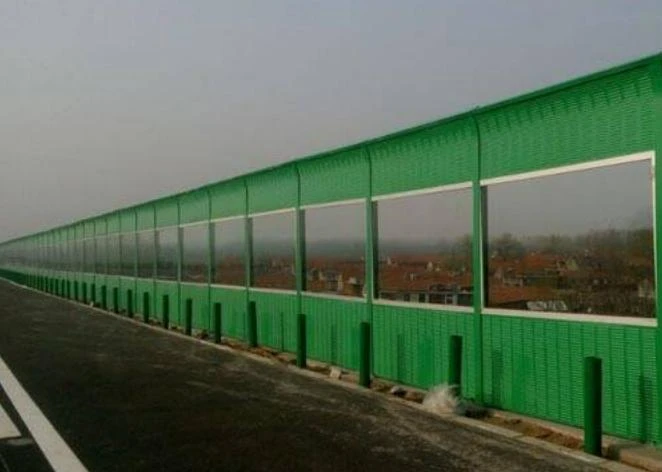 Modular Noise Barrier Eases InstallationUrbanization intensifies noise pollution, making noise barrier systems essential for preserving human health and tranquility.続きを読む >
Modular Noise Barrier Eases InstallationUrbanization intensifies noise pollution, making noise barrier systems essential for preserving human health and tranquility.続きを読む >Jul 11 2025
-
 Metal fence types enhance securityMetal fence types form the backbone of modern perimeter security solutions worldwide.続きを読む >
Metal fence types enhance securityMetal fence types form the backbone of modern perimeter security solutions worldwide.続きを読む >Jul 11 2025
-
 Crowd Control Barrier Manages Foot TrafficThe management of public gatherings demands precision, safety, and reliability, making crowd control barrier systems indispensable tools for organizers worldwide.続きを読む >
Crowd Control Barrier Manages Foot TrafficThe management of public gatherings demands precision, safety, and reliability, making crowd control barrier systems indispensable tools for organizers worldwide.続きを読む >Jul 11 2025
